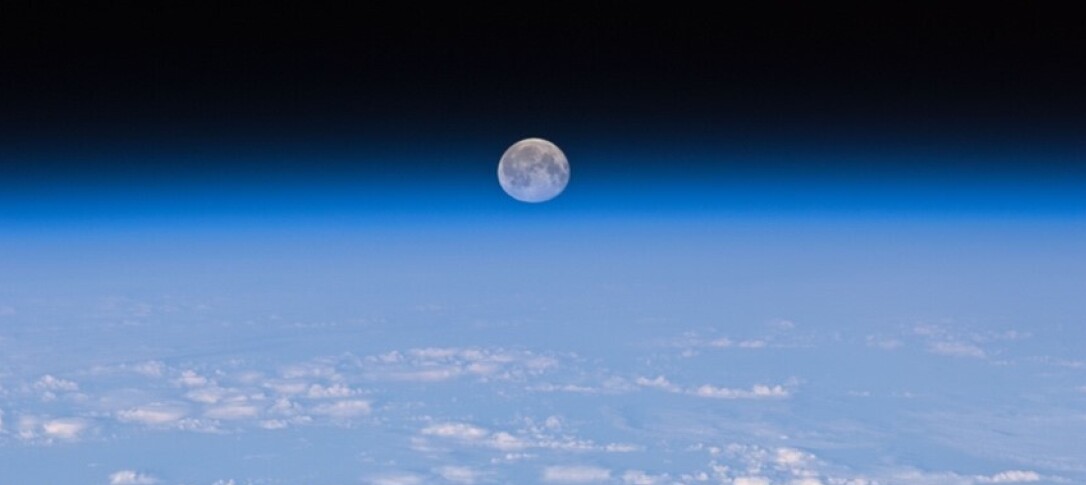
Dr Simon Lock will deliver the ESE Departmental Seminar on Thursday the 25th of January 2024: “Atmospheric loss in giant impacts: The effect of pre-impact surface conditions”.
Join us in room G41 – RSM Building – on Thursday 25th of January 2024 at 12h15.
Abstract
Earth likely acquired a significant fraction of its volatile elements during the main stages of accretion. The atmospheres of the planetary embryos that accreted to form Earth must therefore have survived the giant impacts (collisions between planet-sized bodies) that dominate the end of accretion. Using numerical simulations of giant impacts, I will show that the efficiency of atmospheric loss depends strongly on the surface conditions on the colliding bodies (e.g., atmospheric pressure, presence/absence of an ocean). Understanding the complex feedbacks between the evolution and survival of planetary atmospheres provides new insights into the origin of our atmosphere and ocean.
About the speaker
 Simon Lock is a theoretical planetary scientist focusing on the formation, structure, and evolution of planets. He received a B.A. and MSci from the University of Cambridge, UK, in 2012 and an M.A. (2014) and Ph.D. (2018) from Harvard University. After graduating, Simon held the position of Planetary Science Postdoctoral Fellow at the California Institute of Technology before moving to the University of Bristol to take up his current position as a NERC Independent Research Fellow in 2021.
Simon Lock is a theoretical planetary scientist focusing on the formation, structure, and evolution of planets. He received a B.A. and MSci from the University of Cambridge, UK, in 2012 and an M.A. (2014) and Ph.D. (2018) from Harvard University. After graduating, Simon held the position of Planetary Science Postdoctoral Fellow at the California Institute of Technology before moving to the University of Bristol to take up his current position as a NERC Independent Research Fellow in 2021.
The fundamental question that motivates Simon’s research is: why is Earth unique? His work spans a number of different disciplines, from geochemistry to astrophysics, and he specializes in making links between physical and chemical processes and observations. Simon is maybe best known for his work on giant impacts, collisions between planetary sized bodies. During his PhD, Simon proposed a new model for the origin of our Moon in which the Moon grew inside the substantially vaporized proto-Earth after a giant impact, explaining the chemical and isotopic kinship between the two bodies. He has also studied extensively how planets, particularly Earth, recover after the dramatic events of giant impacts, and is now working to understand the origin of planetary atmospheres and developing techniques to identify the aftermath of giant impacts in other star systems.